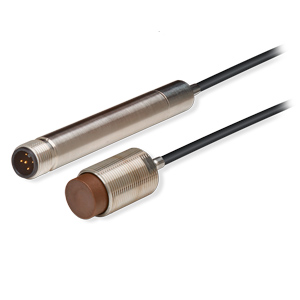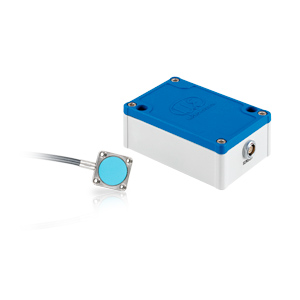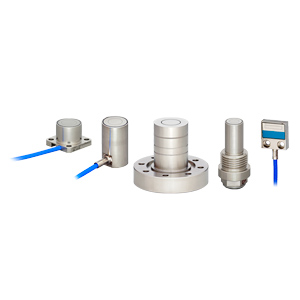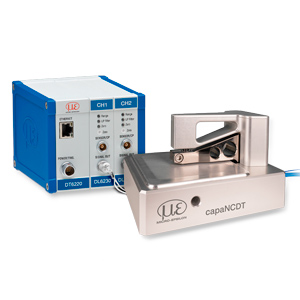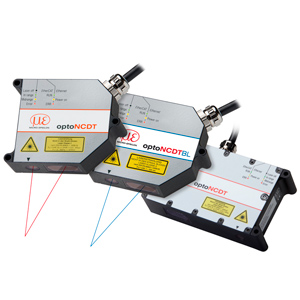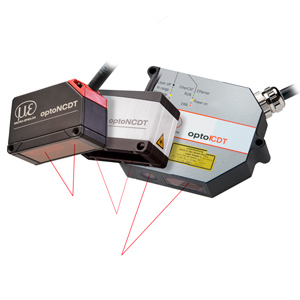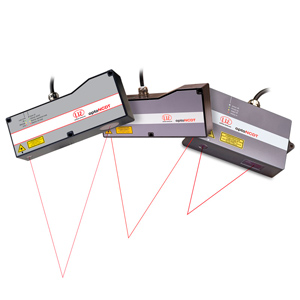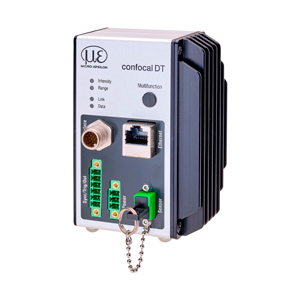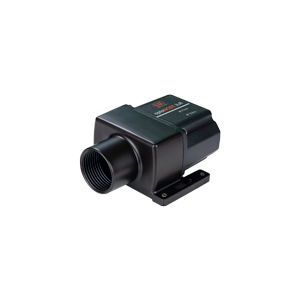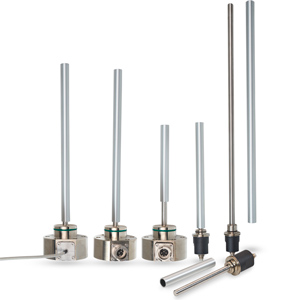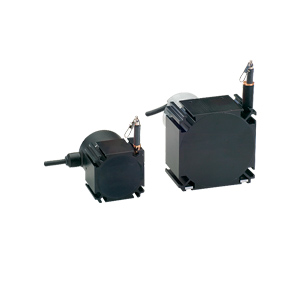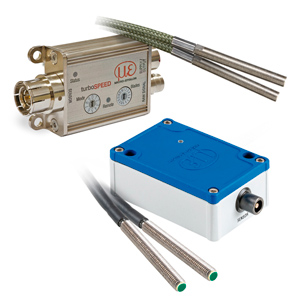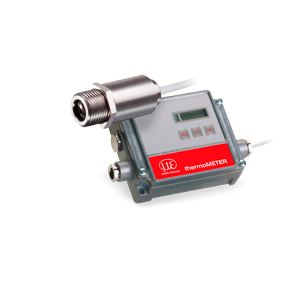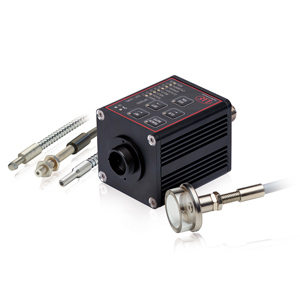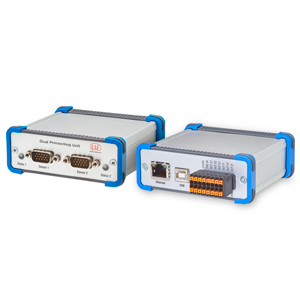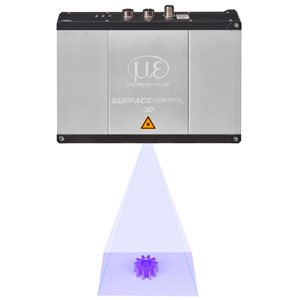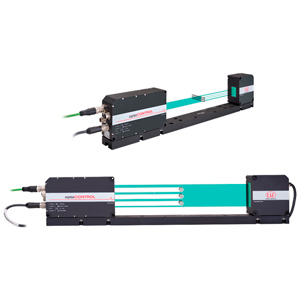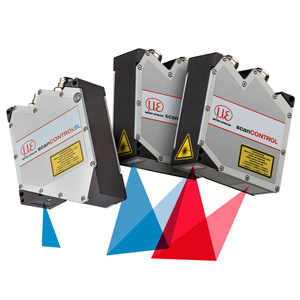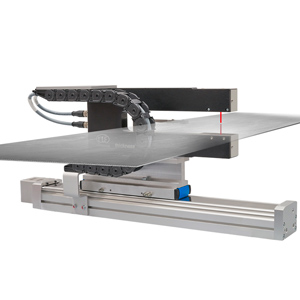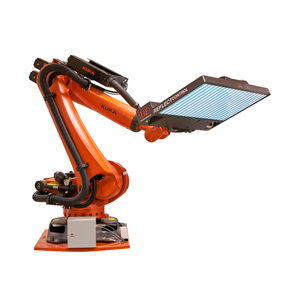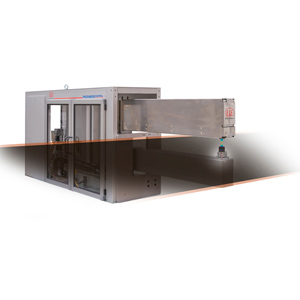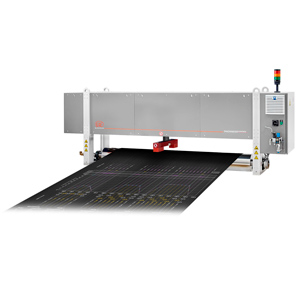Precision makes it blue
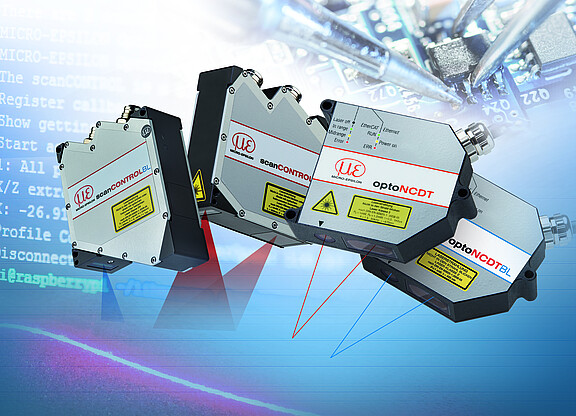
Optical measurement techniques play an essential role in the increasing automation of manufacturing and inspection processes. Most modern laser triangulation technology is responsible for fast, high precision and reliable measurements of displacements, machine positioning and manufactured components and their measuring points. Depending on the characteristics required by the respective application, these sensors operate with a red or a blue laser.
The triangulation principle involves the measurement of distance on a wide range of material surfaces. Different measurement techniques are applied: the measurement of displacement, distance and position using laser point triangulation, as well as profile and gap measurement using laser line triangulation. The sensors can now be equipped with either a red or a blue laser line. Each laser type has its own advantages and limitations.
The red laser has been a proven measurement technology since the 90s, providing fast, high precision measurements for many applications in different industries. Micro-Epsilon has further developed the red laser technology and presented some years ago a world first: the Blue Laser Technology in the form of laser point sensors. The Blue Laser Technology is normally applied when the red laser is performing at its limits. Unlike the red laser, the blue laser light does not penetrate the measurement object and projects a sharp point or a sharp line. Therefore, mainly organic objects and semi-transparent objects can be measured reliably. Especially with red-hot glowing objects, the blue laser demonstrates its strengths offering a maximum, spectral distance from the infrared light. The blue laser is therefore insensitive to red radiation as is the case with glowing metals. Sensors with a red laser often provide faulty signals with red-hot glowing metals as a high proportion of infrared radiation influences the sensor element.
However, laser sensors with a red laser light are also available with higher laser classes and provide a higher light intensity than the blue laser light. Red is primarily suitable for dark surfaces. This becomes clear with freshly extruded, black tire rubber that absorbs a lot of light. The blue laser light is "swallowed" by the black surface while the red laser light is sufficiently reflected. With shiny metals and rough surfaces, the red laser retrieves more information for the generation of a mean value while the blue light enables more precise results on smooth surfaces.
Generally each individual application needs to be checked in order to determine which laser light is more suitable for the specified task. Depending on the measurement object itself, the laser light of conventional red lasers penetrates the target object. Depending on which material the measurement target consists of, this effect occurs to a lower or a greater extent. This is exactly the case with organic measurement objects into which the red laser light penetrates deeply and is then scattered due to its wavelength. This why no sharp laser point or laser line can be projected onto the surface, which complicates determination of distance. Unlike the red laser, the blue-violet laser light hardly penetrates the measurement object due to its shorter wavelength. The blue laser therefore offers stable, precise measurements on objects where the red laser is performing at its limits.


